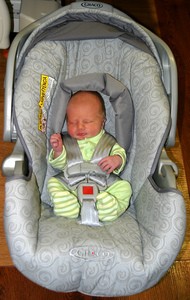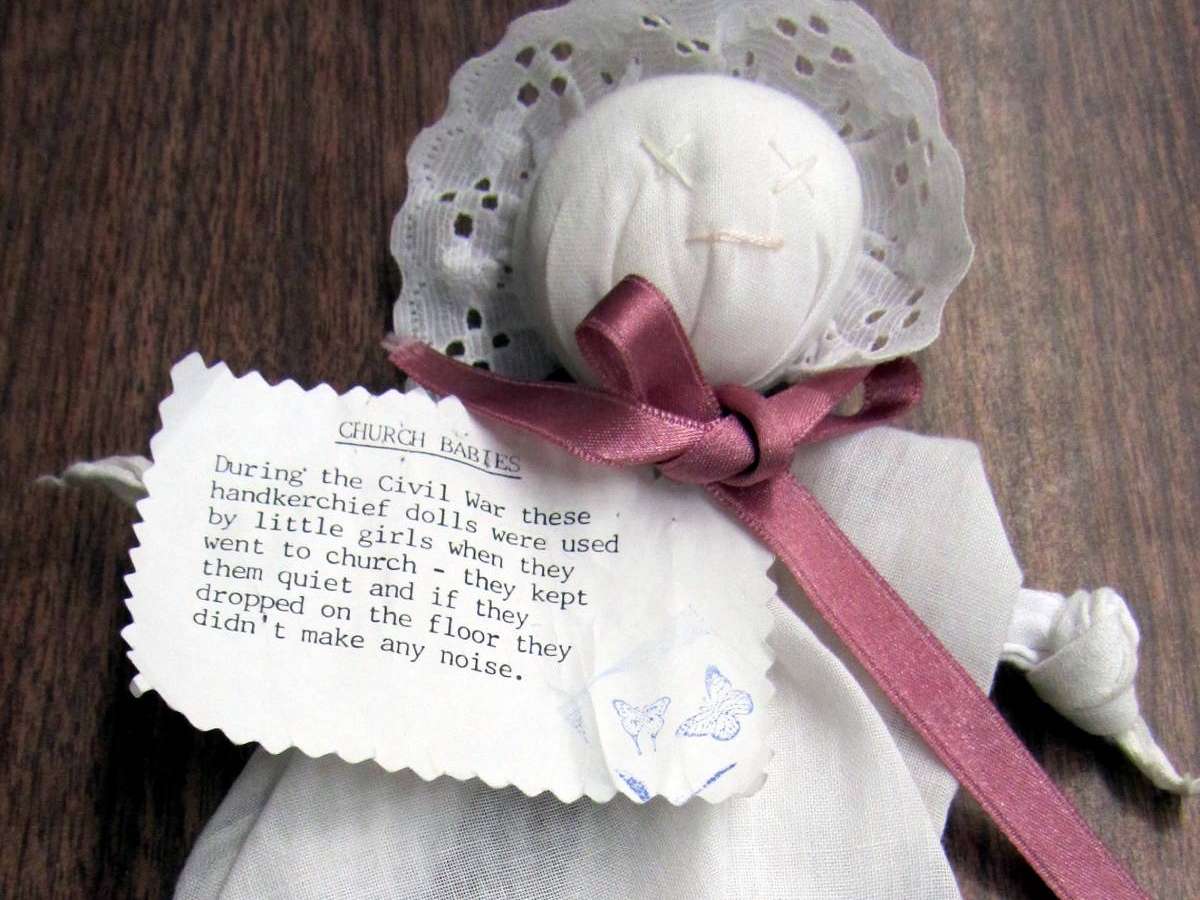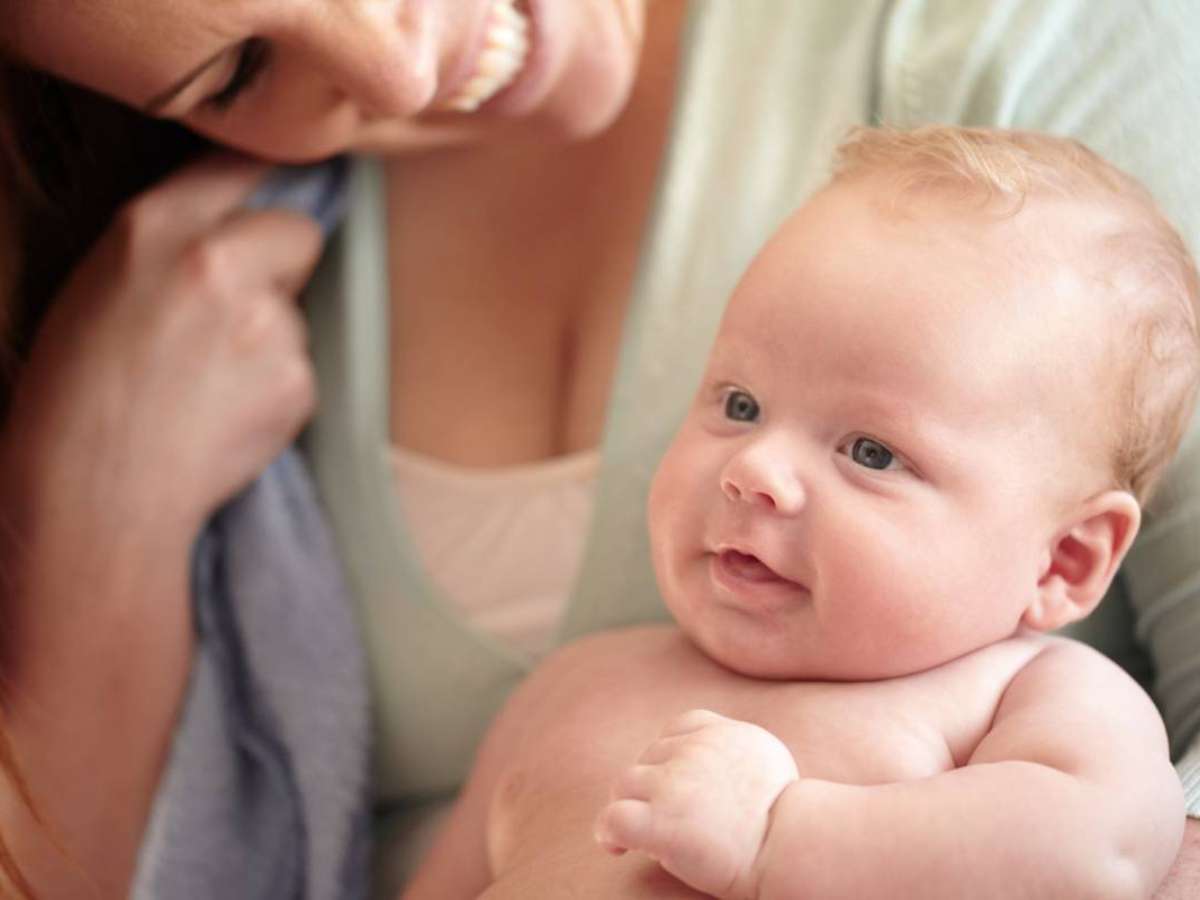 Picking out a newborn baby car seat is one of the most important things you can do for your child.
Picking out a newborn baby car seat is one of the most important things you can do for your child.
And yes, even if you and your newborn are only going to be riding in the car once, you still need to have a car seat for your baby.
5 Tips For Choosing A Newborn Baby Car Seat
Here’s what you need to know before you decide on a particular car seat:
#1 It’s important to have your newborn baby car seat picked out and ready to go before your child is born. In fact, the sooner the better, in the event that your baby is born happy, healthy… and early! Otherwise, you will not be able to leave the hospital with your newborn.
#2 If you decide to purchase a used car seat (or you receive a secondhand car seat as a gift), find out the history of that particular brand, make and model of car seat before you use it! Some car seats have been recalled due to problems that compromised children’s safety, so you need to make sure that your secondhand car seat is not one of the ones that have been recalled. Used car seats may also have cracks, missing instructions, or other issues that would compromise your baby’s safety.
#3 Not every car seat is fits well in every model of vehicle. That’s why it’s important to try out any car seat you are interested in before buying it. Ideally, you want one that is also easy to install and adjust each time that you use it, because you’ll be using it for every single car ride that your child takes for the next year!
Check NHTSA’s ease-of-use ratings for car seats, and have your car seat checked for FREE!
#4 The child’s age, weight, and height ultimately determine the type of car seat you need. For example, From birth to at least one year old (regardless of weight) and until they weigh at least 20 pounds (regardless of age), infants need a rear-facing car seat installed in the back seat — preferably in the middle. Your choices include:
- A rear-facing infant car seat that has a 3-point harness and doubles as a baby carrier when not in use as a car seat (best for smaller babies)
- A convertible infant car seat that has a 5-point harness and faces the rear during the baby’s first year, then flips around to face the front when the child turns one year of age (best for larger babies)
#5 Newborn babies require a 45-degree angle in order to keep their airway open. Some newborn baby car seats have built-in recline adjustments, and some do not. If you get a car seat with this built-in feature, then you won’t have to use rolled-up towels or swim noodles with your child’s rear-facing car seat.
So, what do you do if your newborn is a preemie or was born with a low birth weight under 5.5 pounds?
Since there are extra health issues that these special babies face (like suspension of breathing, low muscle tone, slow heart rate, and low oxygen levels in the blood), it is absolutely critical to purchase the right newborn baby car seat.
Tips Regarding Special Car Seats For Preemies
Here are a few of the extra things that you need to consider when you have a premature baby or an underweight newborn:
- If your newborn’s neck cannot support his head, then you will need a special type of car seat that keeps your baby full reclined. These are called infant car beds rather than infant car seats. An infant car bed prevents the newborn’s head from falling forwar
d, causing breathing problems. - With your newborn in his car seat (or infant car bed) before you leave the hospital, have the nurse monitor your baby’s muscle tone and breathing for at least 90 to 120 minutes (to simulate travel time). This will help to eliminate any potential problems that might arise.
- Particularly with a low birth weight baby, it’s imperative to pay close attention to the distances between the straps and harnesses and your baby’s body. The spacing and positioning are critical to a preemie’s ultimate safety and security inside the vehicle.



